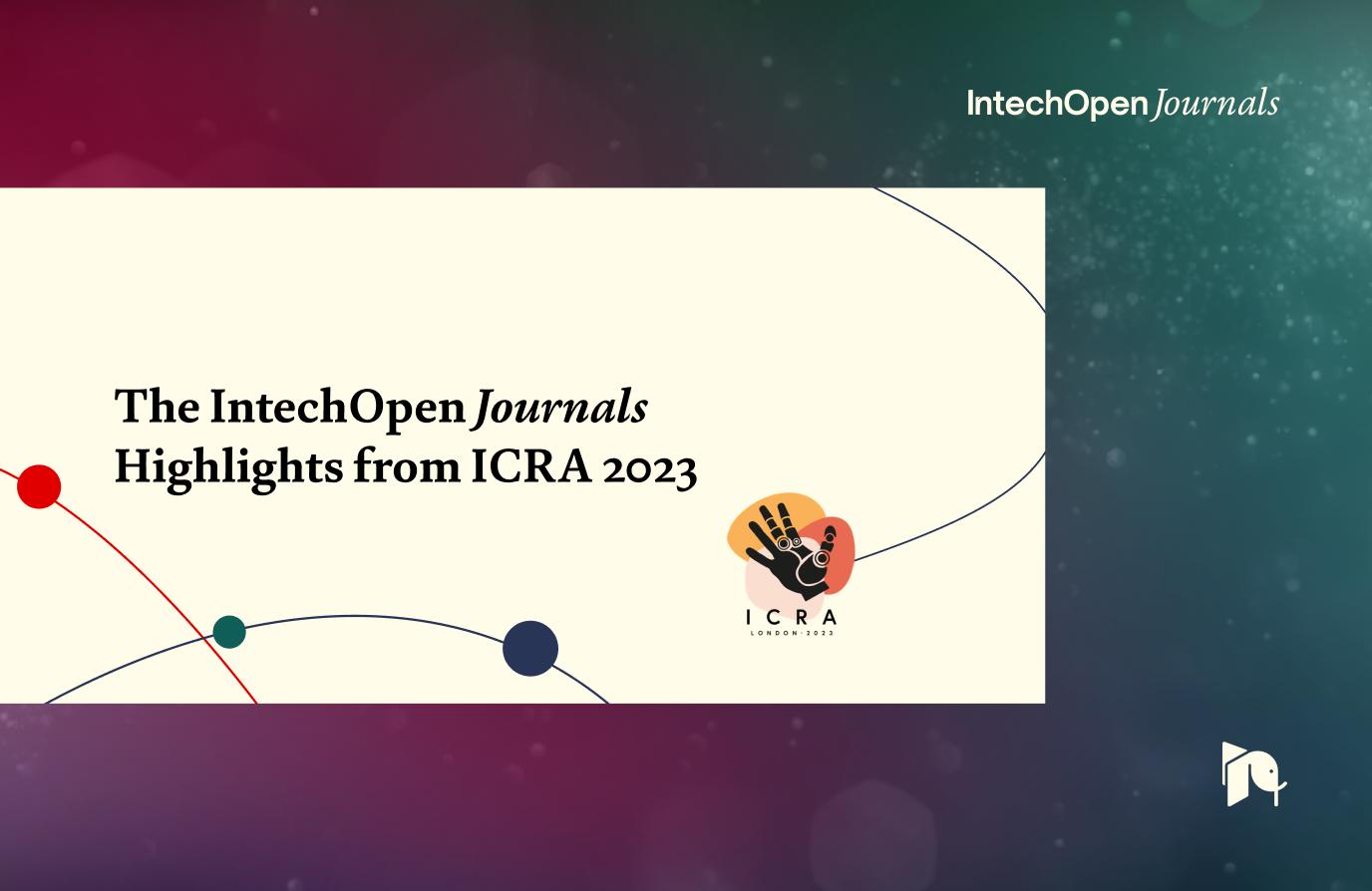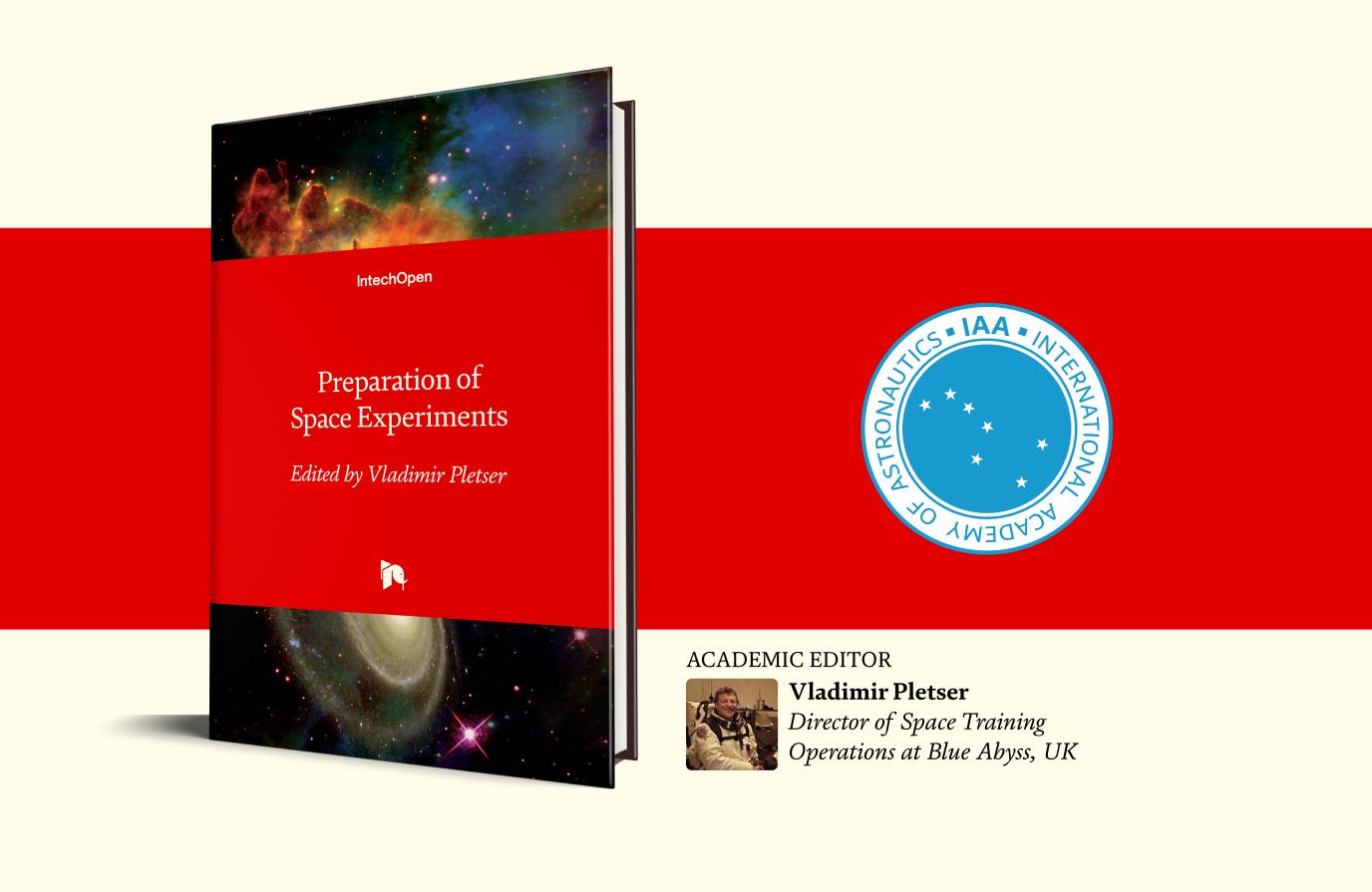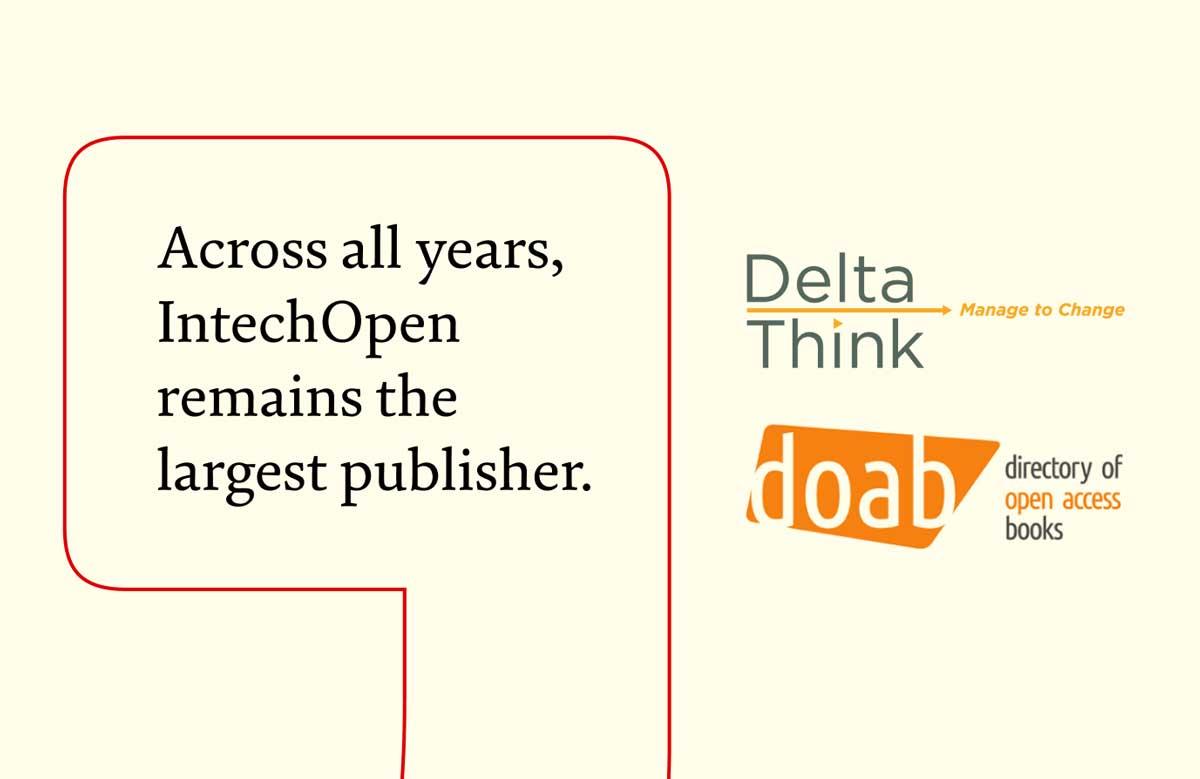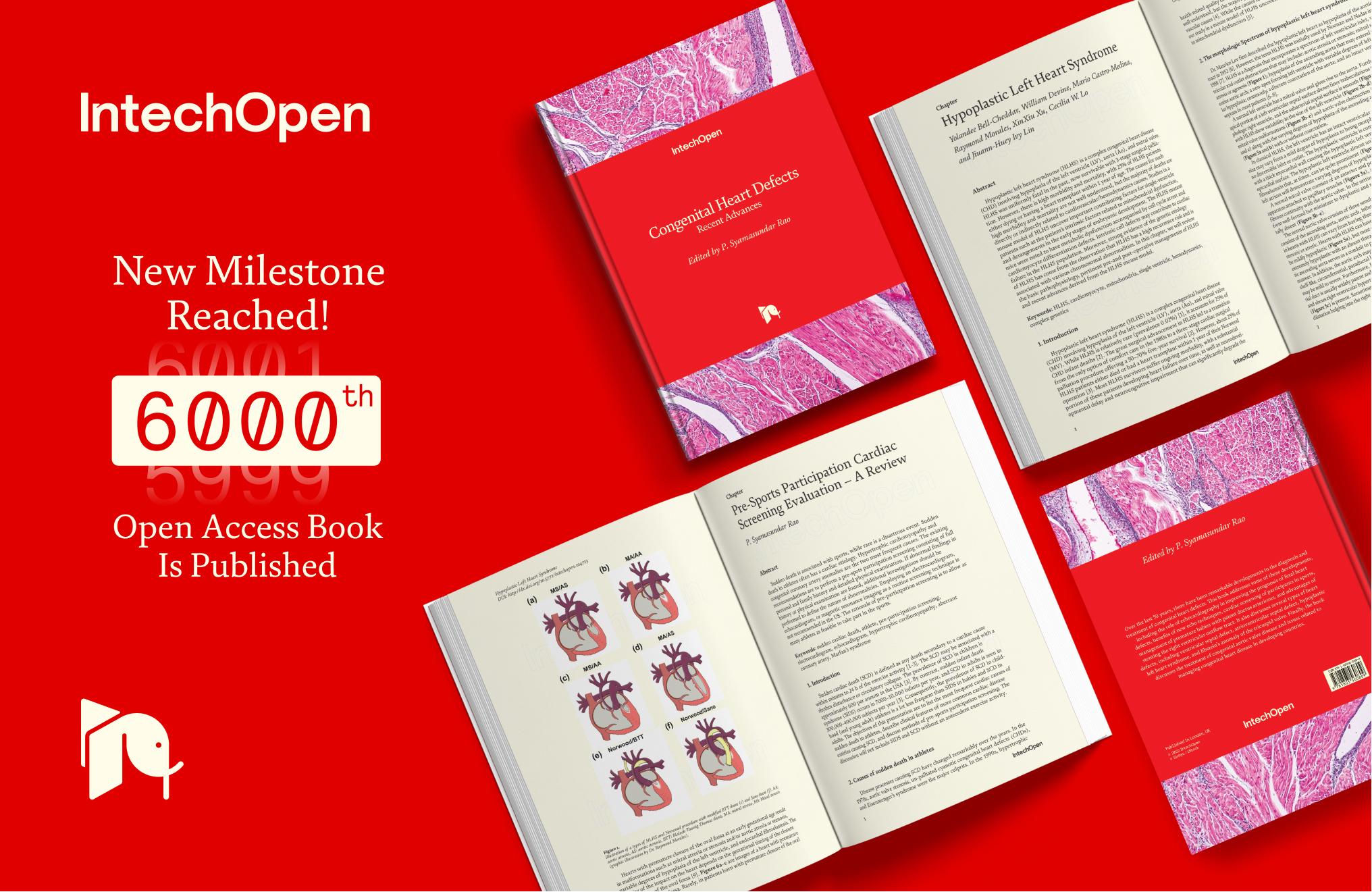World's first Open Access book publisher
7,100 Open Access Books
+184,650 Citations in Web of Science
+3.3 MILLION Unique Visitors per Month
Open Access Book
3 months to publication
Always Open for Submissions
+3.3 M Unique Visitors per Month
ISSN + ISBN
Our Publications and Subjects
Benefits of Publishing with Us
Join IntechOpen in its mission to publish the best scientific research while increasing your work's visibility. We connect you with peers all over the world and help you advance your career through wide readership, dissemination, and higher citation counts.
Author in the Center
Built by scientists, for scientists. Our unique personal approach, day-to-day support and all of the tools you need to make your work accessible worldwide
Peer-review
Robust peer-review ensures your work is suitable for publication and of interest to the scientific community
Online First
Early online publication after acceptance assures research is made available to the scientific community without delay
Open Access
Your work will be permanently available online, free to download, share and read
7,140 Research Institutions Support Open Access at IntechOpen












Memberships And Partnerships


































